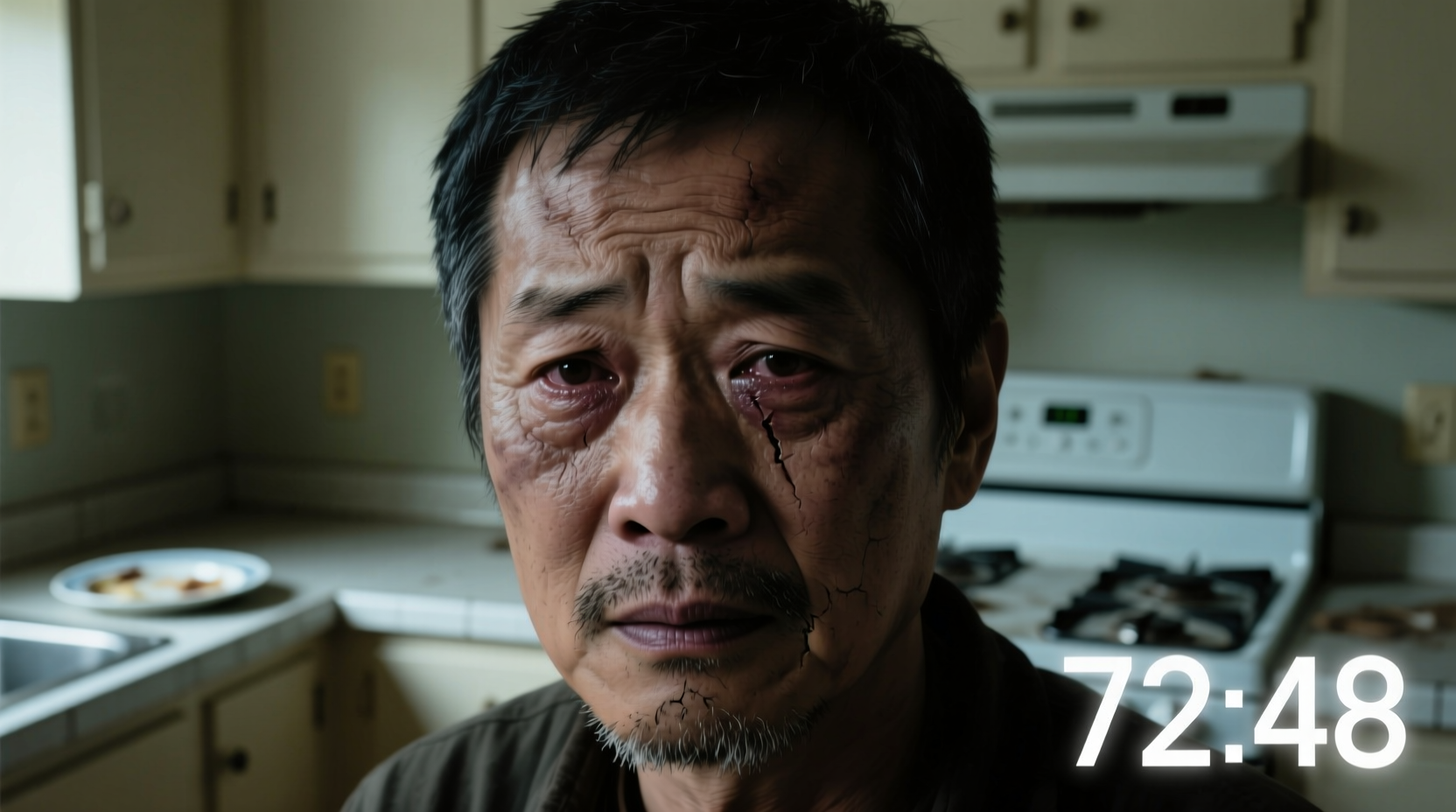Understanding Human Survival Without Food: What Science Tells Us
When your body lacks food intake, it initiates a carefully orchestrated survival process. This isn't just about hunger pangs disappearing—it's a complex physiological adaptation that determines how long you can safely go without eating. Understanding this timeline helps distinguish between therapeutic fasting and dangerous starvation.
Your Body's Survival Timeline: Day-by-Day Changes
Within hours of your last meal, your body begins shifting energy sources. This evolutionary adaptation allowed humans to survive periods of food scarcity, but modern physiology responds differently than our ancestors' did.
First 24-48 Hours: Glycogen Depletion
During the initial day without food, your body consumes stored glucose (glycogen) from your liver and muscles. This process maintains blood sugar levels but typically depletes within 24-48 hours. You'll experience:
- Increased hunger hormones (ghrelin)
- Mild fatigue as energy levels drop
- Headaches from electrolyte shifts
- Initial water weight loss (2-4 pounds)
Days 3-7: Ketosis and Metabolic Shift
Once glycogen stores are exhausted, your body enters ketosis—burning fat reserves for energy. This metabolic shift brings both benefits and risks:
- Reduced hunger as ketones suppress appetite
- Mental clarity for some individuals
- Potential electrolyte imbalances
- Beginning of muscle protein breakdown
| Survival Factor | Shortens Survival Time | Extends Survival Time |
|---|---|---|
| Body Composition | Low body fat percentage | Higher body fat reserves |
| Hydration Status | Dehydration | Adequate water intake (2-3L daily) |
| Environmental Conditions | Cold temperatures | Moderate temperatures |
| Health Status | Chronic illnesses | Optimal baseline health |
Critical Warning Signs That Require Immediate Medical Attention
While short-term fasting under supervision can be safe, certain symptoms indicate dangerous physiological breakdown. According to the CDC's nutritional guidelines, seek emergency care if you experience:
- Heart palpitations or irregular heartbeat
- Severe dizziness preventing standing
- Persistent vomiting
- Confusion or disorientation
- Urinating less than once every 8 hours
These symptoms indicate your body has moved beyond adaptive fasting into dangerous starvation. The National Institute of Diabetes and Digestive and Kidney Diseases emphasizes that prolonged fasting without medical supervision can cause irreversible organ damage.

Special Considerations for Different Populations
Survival timelines vary dramatically across different demographic groups. Understanding these differences is crucial for safety:
Children and Adolescents
Young bodies deplete energy reserves faster. The American Academy of Pediatrics states children under 12 should never fast for more than 24 hours without medical supervision due to their higher metabolic rates and developing organ systems.
Older Adults
Adults over 65 experience accelerated muscle loss during fasting. Research published in the Journal of the American Geriatrics Society shows seniors can develop dangerous electrolyte imbalances within 48-72 hours without food, significantly shorter than younger adults.
Individuals with Chronic Conditions
People with diabetes, heart conditions, or kidney disease face heightened risks. The Mayo Clinic warns that those with metabolic disorders should never attempt extended fasting without physician oversight.
When Fasting Becomes Dangerous: The Critical Threshold
While intermittent fasting has gained popularity, extended periods without food cross into dangerous territory. Medical consensus indicates:
- 3-5 days: Significant electrolyte imbalances begin affecting heart function
- 7-10 days: Organ systems start failing as the body consumes vital proteins
- 2-3 weeks: Critical muscle wasting affects breathing and heart function
The transition from therapeutic fasting to life-threatening starvation isn't always obvious. Many people mistake the initial energy boost of ketosis for sustained safety, unaware that dangerous physiological changes are already occurring beneath the surface.
Practical Guidance for Safe Fasting Practices
If considering any form of fasting, follow these evidence-based recommendations:
For Short-Term Fasting (24-72 hours)
- Maintain hydration with electrolyte-enhanced water
- Monitor for warning signs like dizziness or heart palpitations
- Break your fast gradually with easily digestible foods
- Never exceed 72 hours without medical supervision
For Therapeutic Fasting Programs
Structured programs supervised by healthcare professionals can safely extend fasting periods. The Johns Hopkins Medicine recommends:
- Medical screening before beginning
- Daily electrolyte monitoring
- Regular cardiac assessments for fasts beyond 5 days
- Nutritional support during refeeding phases
When to Seek Immediate Medical Help
Don't wait for severe symptoms to develop. Contact healthcare providers if you experience:
- Continuous fasting beyond 72 hours
- Inability to keep fluids down for 24+ hours
- Pre-existing health conditions complicating fasting
- Concerns about someone else's food intake
Early intervention prevents complications that could require hospitalization. The World Health Organization emphasizes that proper medical guidance transforms potentially dangerous situations into manageable health interventions.











 浙公网安备
33010002000092号
浙公网安备
33010002000092号 浙B2-20120091-4
浙B2-20120091-4